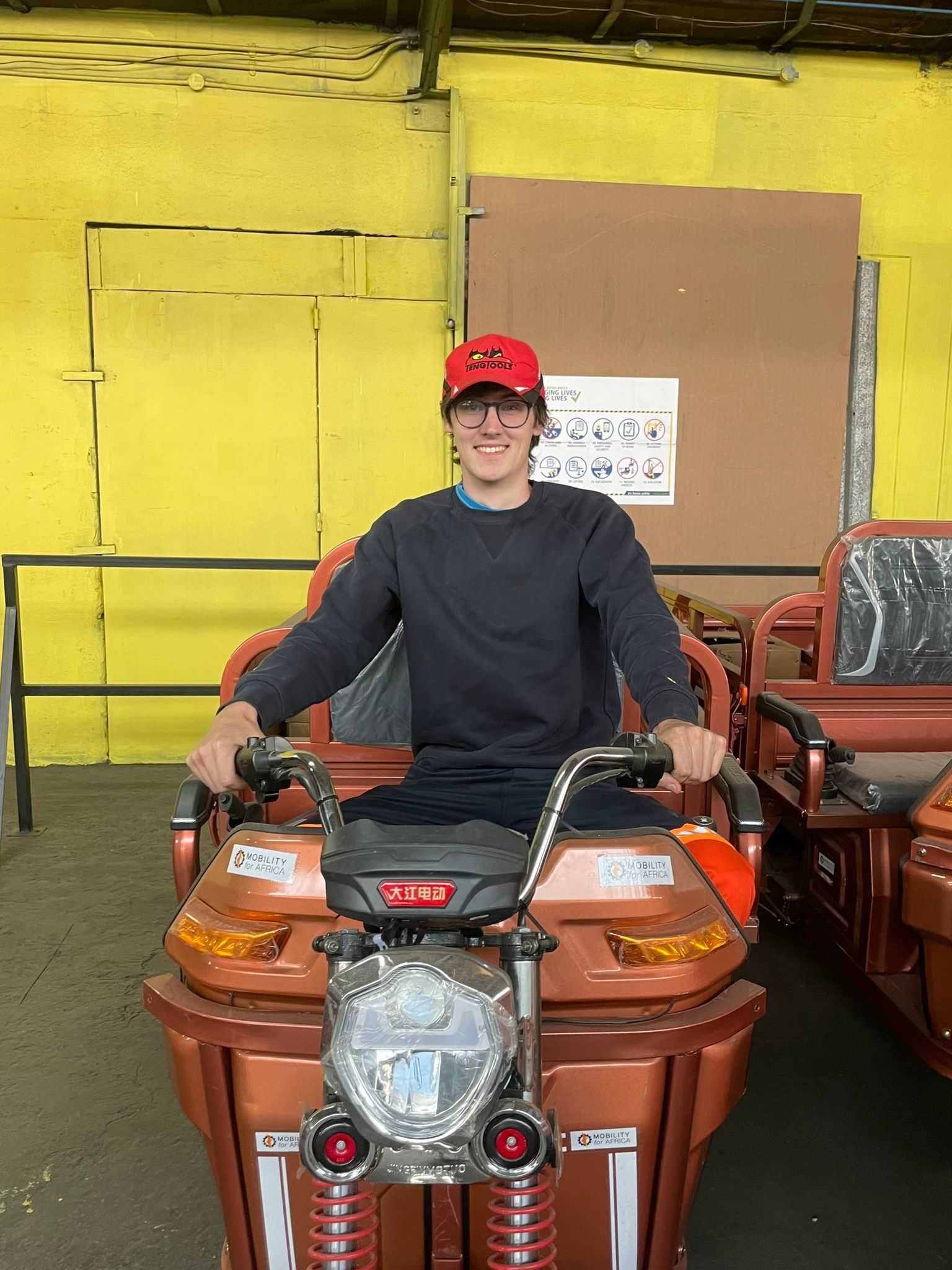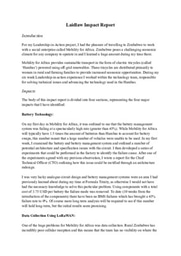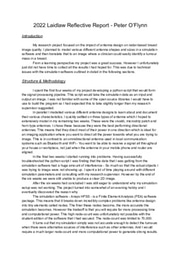Starting a Hamba-lution: An overview of my LiA experience
Infrastructure and transport are two of the largest barriers to development in Africa. Rural communities are often far away from primary transport links and expend huge amounts of time and money to get their produce to market. This hinders the development of agriculture and other industries across Africa. A 2011 World Bank Report indicates that more than half of the untapped potential for cultivation in the region is located more than six hours away from a major market. (Source)
Since the 1980s there has been a very significant extension of the paved road network in Africa, which increased from 77,800 km in 1970 to 185,000 km in 2005. However, many road networks are of poor quality or do not reach small and remote communities. A 2012 Report indicates that just over 10% of Africa's roads are paved. (Source)
This leaves a vast unclassified network of dirt tracks providing varying degrees of service to rural areas. Less than 40 percent of rural Africans live within two kilometers of an all-season road (Source). There is evidence that physical isolation is preventing large areas of the continent from reaching their true agricultural potential and increasing economic activity.
In Sub-Saharan Africa, not only do women do 60% of the agricultural work, but they walk long distances to fetch water (Source). Faced with a lack of services and infrastructure, rural women carry a great part of the burden of providing water and fuel for their households. According to UN Women, collectively women from Africa spend about 40 billion hours a year fetching water (Source).
Mobility for Africa provides sustainable transport in the form of electric tricycles powered using off-grid renewables. These tricycles are distributed primarily to rural and farming families to provide increased economic opportunities. This in turn will create new local markets and enhance rural livelihoods.
Mobility for Africa operates by employing women from local communities to run a battery swapping station that uses off-grid solar power. Electric three-wheelers called ‘Hambas’ are then distributed to other women in the community who use them to transport goods and people. When the Hamba battery is empty, it is brought back to the charging station and swapped for a fresh one, eliminating the need to wait for the lengthy charging process.

With close to two hundred Hambas operating in four major sites in rural Zimbabwe, Mobility for Africa is going through a period of rapid expansion. My role in Mobility for Africa was varied, and included everything from deploying hardware to build a data collection network, to engineering better batteries, to engaging with local community leaders to learn about their experiences with the Hamba.
Zimbabwe is a difficult climate for any business to operate in, especially such a technologically advanced company such as Mobility for Africa, who initially relied on importing the skills necessary to create a cohesive Electric-Vehicle network. However, all that has changed over the last few years as they have strongly invested in education and training for local technicians who now have no problem troubleshooting complicated battery-systems.
Mobility for Africa aims to support rural communities and allow them to break out of economic deadlock caused by a lack of transport. They will be a key force in bringing the Electric-Vehicle revolution (Internally referred to as a ‘Hamba-lution’) to African nations.



Please sign in
If you are a registered user on Laidlaw Scholars Network, please sign in